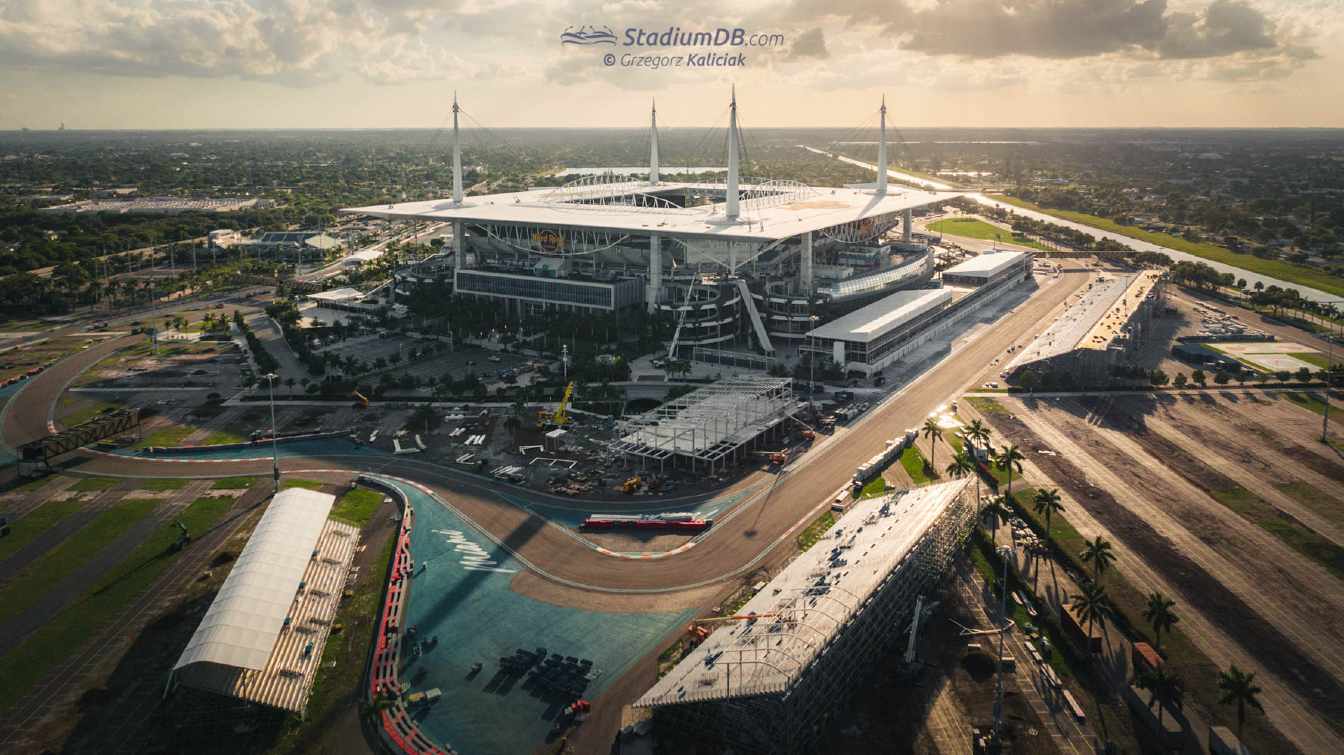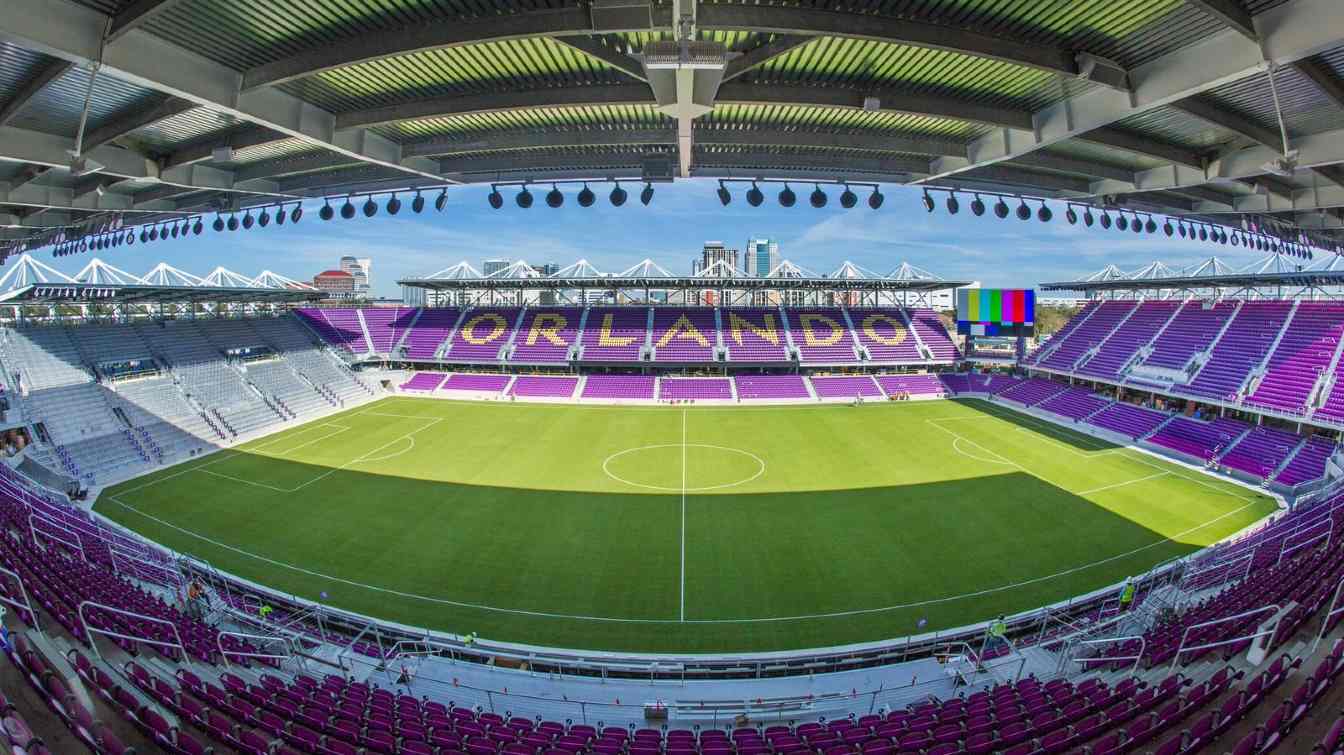USA: Climate change and the cost of the 2026 FIFA World Cup
source: StadiumDB.com; author: Jakub Ducki
 According to the Climate X report, infrastructure losses in North America alone could reach $800 million by 2050. It turns out that 2026 World Cup venues, such as stadiums in Florida, are in the first line of risk.
According to the Climate X report, infrastructure losses in North America alone could reach $800 million by 2050. It turns out that 2026 World Cup venues, such as stadiums in Florida, are in the first line of risk.
Advertisement
Growing climate risks for stadiums
In 2026, Canada, Mexico and the United States will host one of the most highly anticipated FIFA World Cups. The tournament will bring together as many as 48 teams in 12 different venues for the first time. However, behind the scenes of the preparations for the event, the question arises: how will climate change affect tournament infrastructure and local economies?
According to a report by Climate X, a renowned climate risk analysis company, 12 tournament venues in North America could suffer losses of up to $800 million by 2050. Particularly at risk are stadiums located in Florida, which are on the front line of climate risk.
Climate X analysed the venues in the US and the 25 largest stadiums in Europe, assessing them against ten key climate risks, such as flooding, extreme heat, tropical cyclones or wildfires. Each of these risks carries serious implications for the stadiums' infrastructure and future operations.
Analysis based on the RCP 8.5 high-carbon climate scenario predicts that stadium losses will increase from $130 million in 2020 to as much as $800 million in 2050. This data is a stark reminder of the mounting threats climate change poses to the infrastructure underpinning global events
- highlights Lukky Ahmed, CEO of Climate X.
 © Grzegorz Kaliciak | Hard Rock Stadium
© Grzegorz Kaliciak | Hard Rock Stadium
Florida at the epicentre of risk
Florida is particularly vulnerable to the negative effects of climate change. Among the most at-risk stadiums are Inter&Co Stadium and Camping World Stadium. These venues have an extremely high risk due to their location and the specificity of regional climate risks.
Other stadiums in the United States are also at high risk, such as Lincoln Financial Field in Pennsylvania or TQL Stadium in Ohio and Hard Rock Stadium. It is not only venues in North America that are at risk - Estadio Benito Villamarín in Spain, Stade Velodrome and Principality Stadium in Wales were also among the stadiums most at risk of loss from flooding and extreme weather events.
 © Orlando City SC | Inter&Co Stadium
© Orlando City SC | Inter&Co Stadium
Consequences for local economies
The financial loss of stadiums is only part of the problem. Climate hazards can lead to increased insurance costs, more frequent repairs to infrastructure, and disruptions to event schedules. In addition, the negative impact on the image of host cities can reduce tourist interest.
In the face of such challenges, Climate X is calling for immediate action to secure sports facilities. The company, founded in 2020, specialises in creating digital risk models for real assets. Its advanced technologies analyse hundreds of trillions of data points, providing accurate predictions and recommendations.
Advertisement
 StadiumDB
StadiumDB